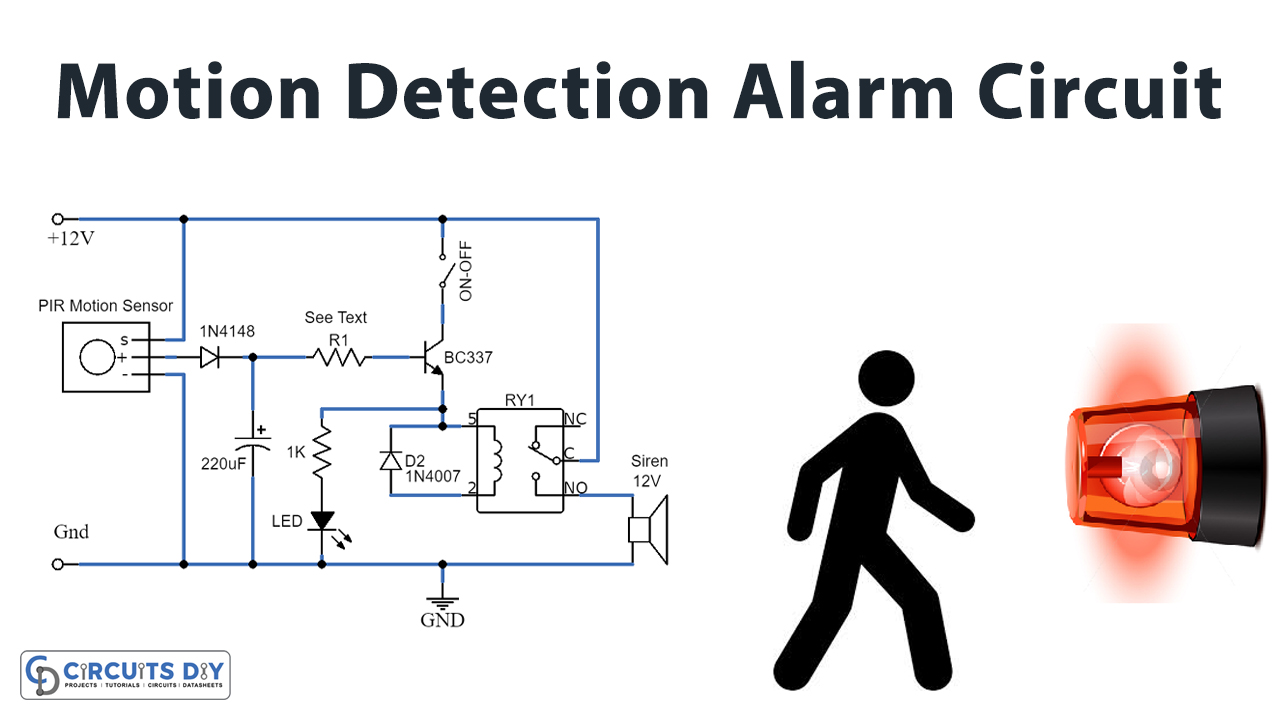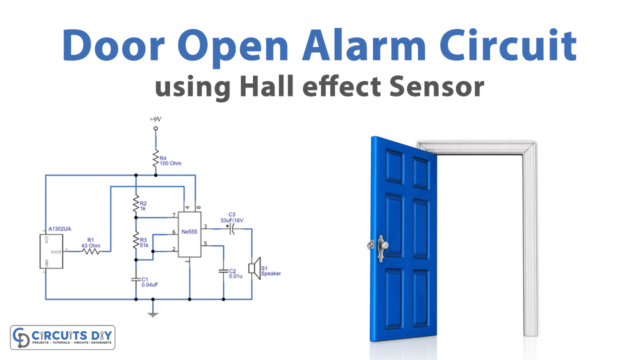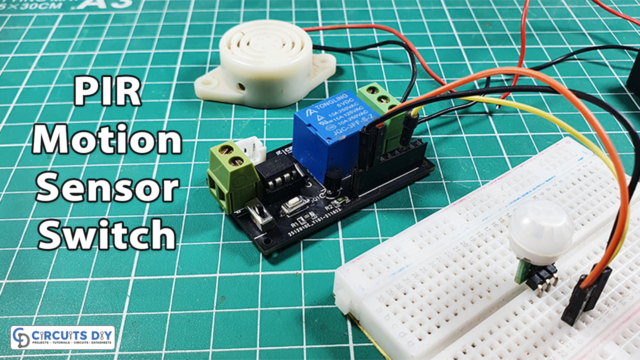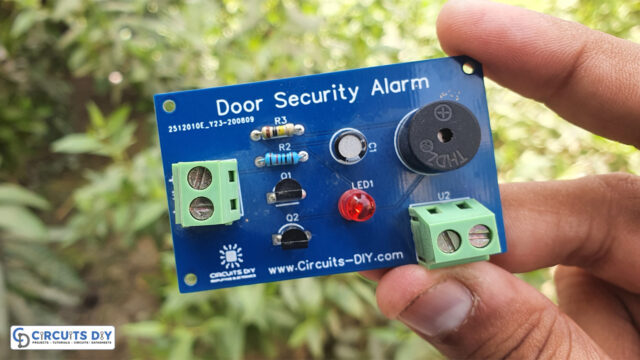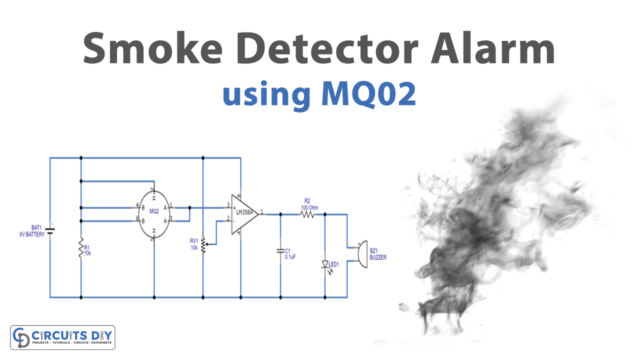In this tutorial, we are going to make a “Motion detector alarm circuit with PIR sensor”.
We need security everywhere nowadays to protect the property or confidential information from others. A motion detector is an electronic device that utilizes a sensor to detect nearby motion, which is a sensor sensing a human motion and then transmitting the signal. An active motion detector contains an optical, microwave, or acoustic sensor, as well as a transmitter. However, a passive contains only a sensor and only senses a signature from the moving object via emission or reflection.
As we make a motion detector alarm circuit by using a PIR sensor. Passive Infrared Sensor (PIR) is a very useful module, used to build many kinds of Security Alarm Systems and Motion Detectors. It is called passive because it receives infrared, not emits. PIR sensors are sensitive to a person’s skin temperature through emitted black-body radiation at mid-infrared wavelengths, in contrast to background objects at room temperature.
Here we should note that every object emits some amount of infrared when heated. The human also emits infrared because of body heat. PIR sensors can detect a small amount of variation in infrared. Whenever an object passes through the sensor range, it produces infrared because of the friction between air and object and gets caught by PIR.
This is an alarm circuit that will go off when any motion or movement is detected. Once it detects this motion, the circuit will trigger an alarm buzzer to sound which will remain on until the power is disconnected from the circuit. This alarm circuit’s most common use is to detect a person moving through an area where the motion detector can sense.
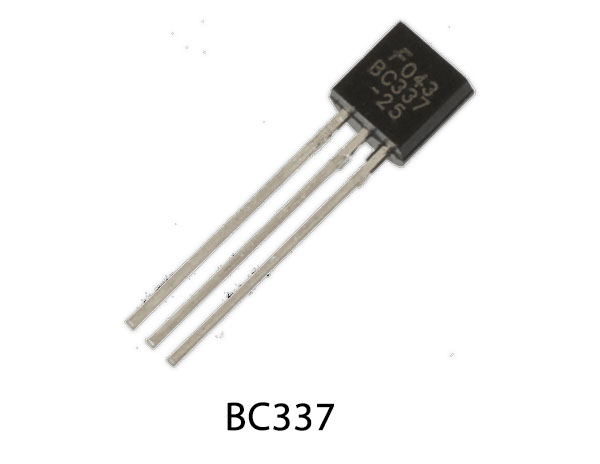
Hardware Required
The following components are required to make Motion Detector Alarm Circuit
| S.no | Component | Value | Qty |
|---|---|---|---|
| 1. | Transistor | BC337 | 1 |
| 2. | Diode | 1N4148, 1N4007 | 1 |
| 3. | Resistor | 1.2K to 2.2K, 1K | 1 |
| 4. | LED | 3mm | 1 |
| 5. | Capacitor | 220uF 25V | 1 |
| 6. | Relay | 6V to 9V | 1 |
| 7. | PIR-Sensor | – | 1 |
| 8. | Speaker | 12V | 1 |
| 9. | Power supply | 12V DC | 1 |
| 10. | PCB | – | 1 |
BC337 Pinout

For a detailed description of pinout, dimension features, and specifications download the datasheet of BC337
Motion Detector Alarm Circuit
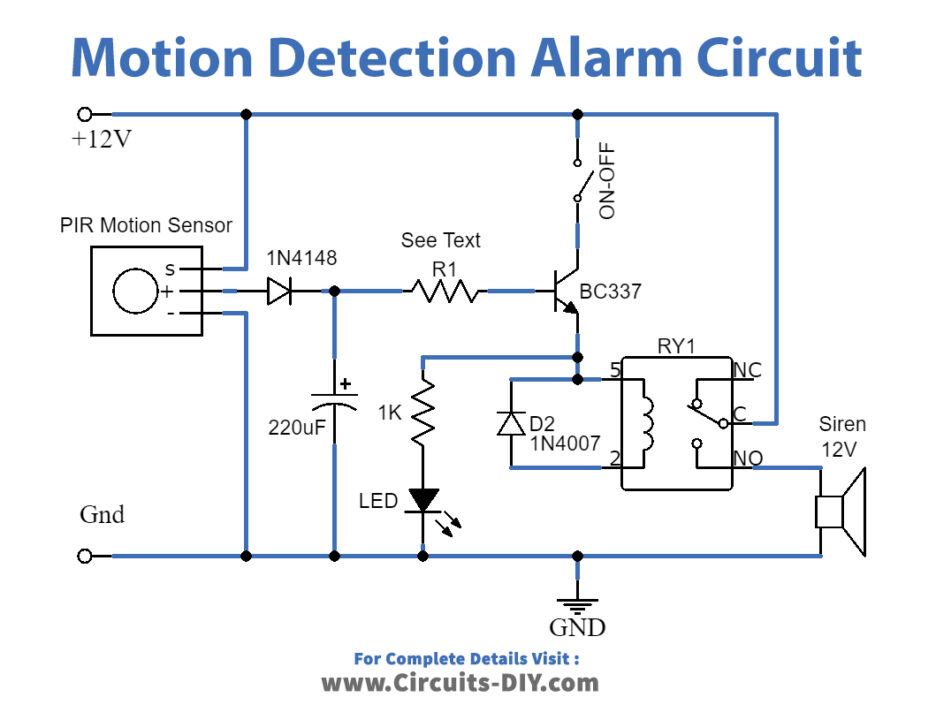
Working Explanation
PIR sensor detects any change in heat, and whenever it detects any change, its output PIN becomes HIGH. As soon as somebody enters in the first half, the infrared level of one half becomes greater than the other, and this causes PIRs to react and makes the output pin high. When the PIR sensor senses a human motion in the detection area, the sensor will be triggered and generate an AC signal. The PIR sensor Output pin is connected to the switching transistor BC337 base and the Relay coil is connected to the switching transistor emitter terminal another end of the relay coil is connected to the positive supply, PIR will give a very short signal, and Capacitor C1 keeps this voltage. And Diode-D1 protects PIR from a discharge reverse voltage of C1.
As the output of the PIR sensor is in AC form with negative and positive voltage. So, diode rectifiers to positive part only that come to trigger the transistor. Which is a 3.3V peak voltage. This voltage is fed to the base of the Q1 transistor through the R1 resistor, which is used to limit current. Transistor Q1 runs, Now the current can flow from the 12V supply to a relay coil. The relay RY1 pulls contact C(close) to NC (normally close). Then, the siren alerted a lot louder. At the same time, LED glows up. Because of some currents from the emitter of Q1 flow to LED. An R2 resistor is used to limit current to LED1.
We have a smart module. It has a delay time mode inside, use the delay time of the siren alert for 20 seconds. For The S1-switch, that on-off the relay circuit. When you want to close a siren. You can also use a remote control instead of S1.
We should use a good power supply at 12V. Although, the module has a regulated supply inside.
Applications and Uses
One common application is activating automatic door openers in businesses and public buildings.
Used in streets and indoors, activating street lights or indoor lights in walkways, such as lobbies and staircases.
Such a detector may also trigger a security camera to record the possible intrusion.


